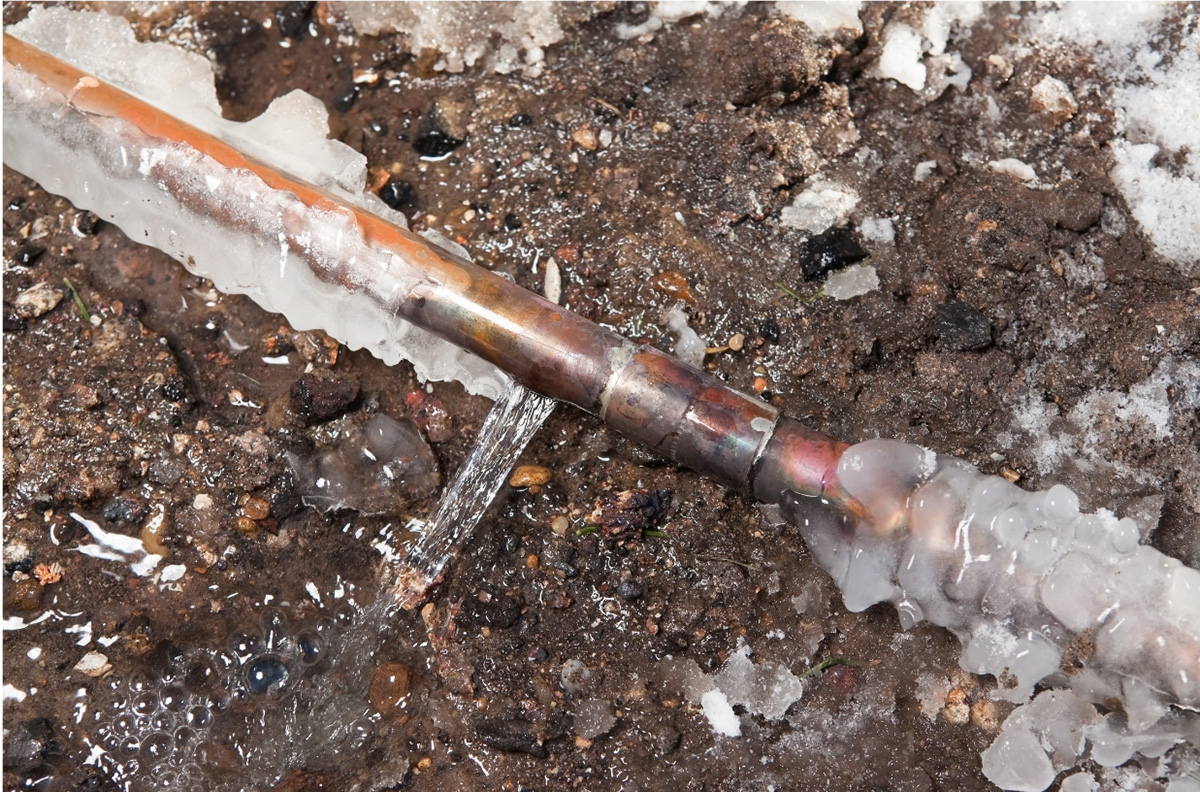Crucial Tips for Avoiding Frozen Plumbing in Cold Weather Conditions
Crucial Tips for Avoiding Frozen Plumbing in Cold Weather Conditions
Blog Article
What are your opinions about Prevent Frozen Pipes ?

Winter can ruin your plumbing, especially by freezing pipes. Below's how to stop it from taking place and what to do if it does.
Introduction
As temperature levels decline, the risk of icy pipelines boosts, possibly resulting in expensive fixings and water damage. Comprehending exactly how to stop frozen pipes is vital for homeowners in chilly environments.
Comprehending Icy Pipelines
What triggers pipes to ice up?
Pipes ice up when subjected to temperature levels below 32 ° F (0 ° C) for prolonged durations. As water inside the pipelines ices up, it expands, taxing the pipe walls and possibly triggering them to break.
Risks and damages
Icy pipes can lead to water interruptions, home damages, and costly repair work. Burst pipes can flood homes and create extensive architectural damage.
Signs of Frozen Water Lines
Identifying icy pipes early can stop them from bursting.
Just how to identify icy pipes
Seek lowered water circulation from faucets, unusual odors or sounds from pipes, and noticeable frost on subjected pipelines.
Prevention Tips
Insulating vulnerable pipes
Cover pipelines in insulation sleeves or make use of warm tape to secure them from freezing temperature levels. Focus on pipelines in unheated or external areas of the home.
Home heating methods
Maintain indoor spaces properly heated, specifically areas with pipes. Open cupboard doors to permit cozy air to circulate around pipes under sinks.
Shielding Outside Pipes
Yard pipes and exterior faucets
Disconnect and drain pipes garden tubes before winter. Mount frost-proof faucets or cover exterior taps with protected caps.
What to Do If Your Pipelines Freeze
Immediate actions to take
If you believe icy pipes, keep faucets open to relieve stress as the ice thaws. Make use of a hairdryer or towels taken in hot water to thaw pipelines gradually.
Long-Term Solutions
Structural adjustments
Take into consideration rerouting pipelines away from exterior wall surfaces or unheated locations. Include extra insulation to attics, cellars, and crawl spaces.
Updating insulation
Buy high-grade insulation for pipelines, attics, and walls. Correct insulation aids keep regular temperatures and lowers the danger of icy pipelines.
Conclusion
Stopping icy pipes needs aggressive measures and quick feedbacks. By comprehending the causes, indications, and preventive measures, house owners can secure their plumbing throughout cold weather.
5 Ways to Prevent Frozen Pipes
Drain Outdoor Faucets and Disconnect Hoses
First, close the shut-off valve that controls the flow of water in the pipe to your outdoor faucet. Then, head outside to disconnect and drain your hose and open the outdoor faucet to allow the water to completely drain out of the line. Turn off the faucet when done. Finally, head back to the shut-off valve and drain the remaining water inside the pipe into a bucket or container. Additionally, if you have a home irrigation system, you should consider hiring an expert to clear the system of water each year.
Insulate Pipes
One of the best and most cost-effective methods for preventing frozen water pipes is to wrap your pipes with insulation. This is especially important for areas in your home that aren’t exposed to heat, such as an attic. We suggest using foam sleeves, which can typically be found at your local hardware store.
Keep Heat Running at 65
Your pipes are located inside your walls, and the temperature there is much colder than the rest of the house. To prevent your pipes from freezing, The Insurance Information Institute suggests that you keep your home heated to at least 65 degrees, even when traveling. You may want to invest in smart devices that can keep an eye on the temperature in your home while you’re away.
Leave Water Dripping
Moving water — even a small trickle — can prevent ice from forming inside your pipes. When freezing temps are imminent, start a drip of water from all faucets that serve exposed pipes. Leaving a few faucets running will also help relieve pressure inside the pipes and help prevent a rupture if the water inside freezes.
Open Cupboard Doors
Warm your kitchen and bathroom pipes by opening cupboards and vanities. You should also leave your interior doors ajar to help warm air circulate evenly throughout your home.

I'm very interested by How to Prevent Your Pipes From Freezing and I hope you enjoyed my blog posting. In case you appreciated our post please be sure to share it. Thank you for your time. Come back soon.
Schedule Appointment Report this page